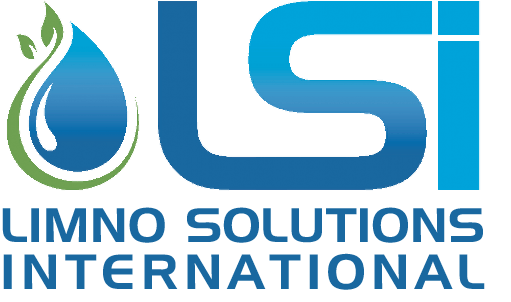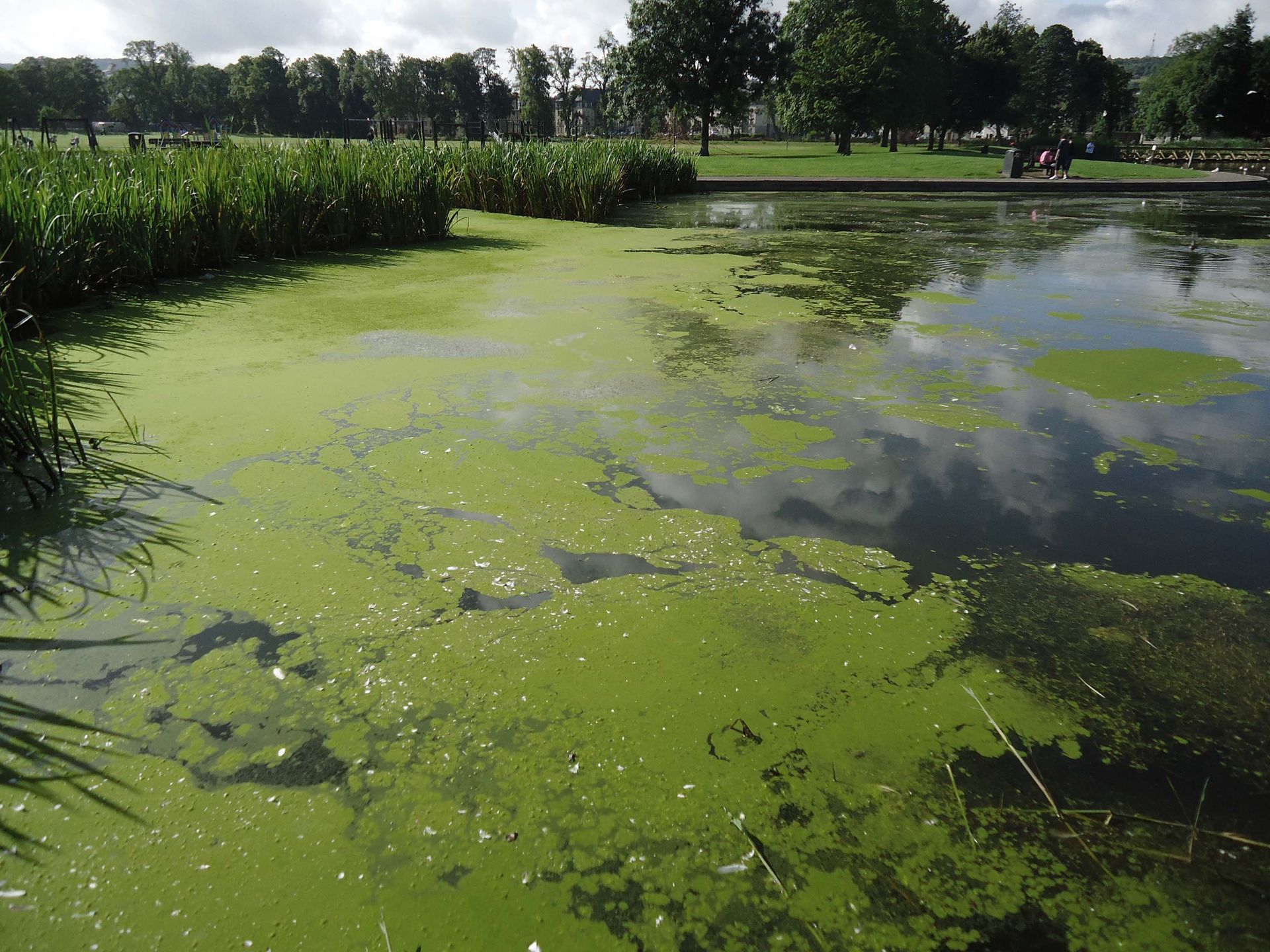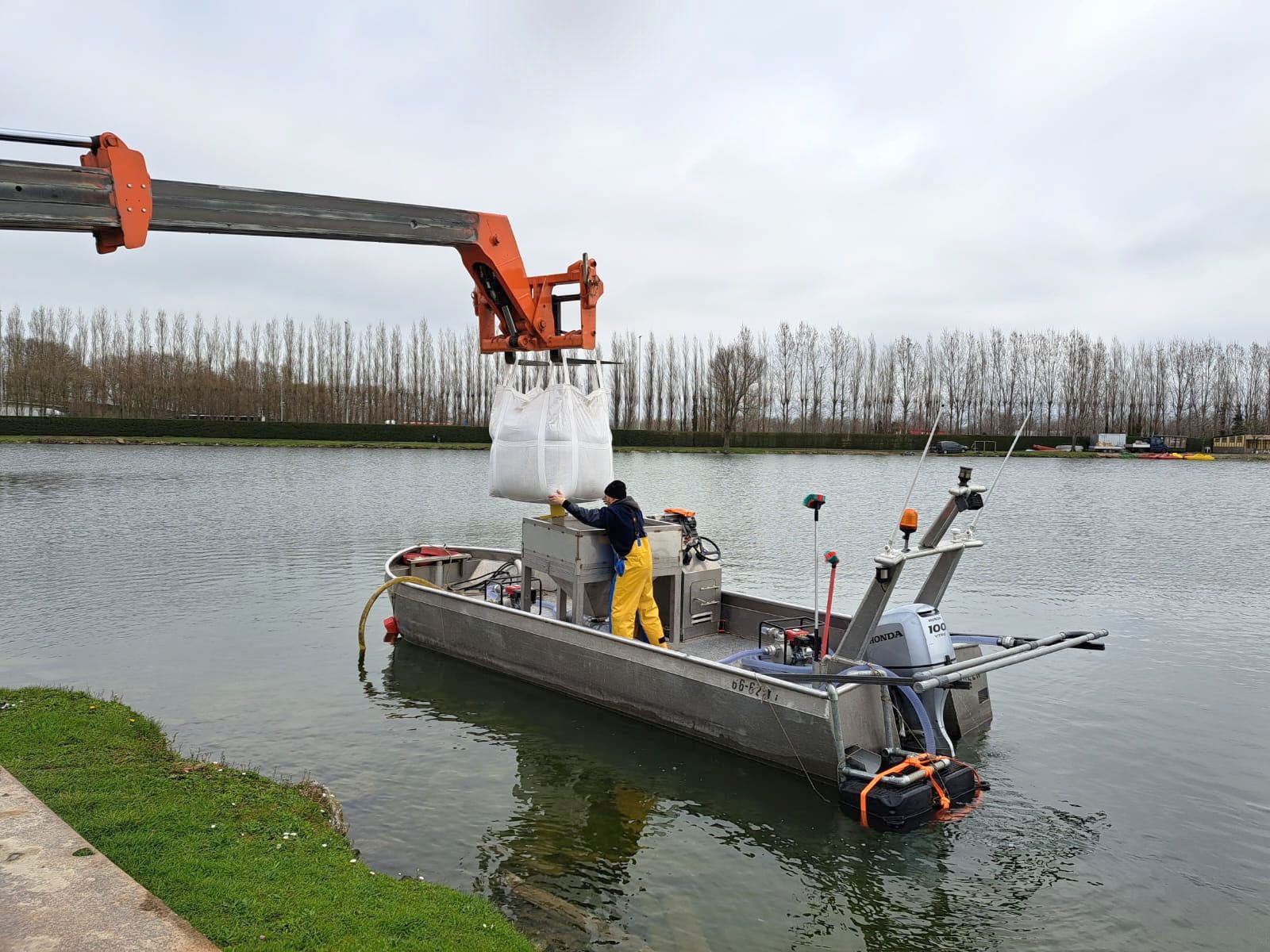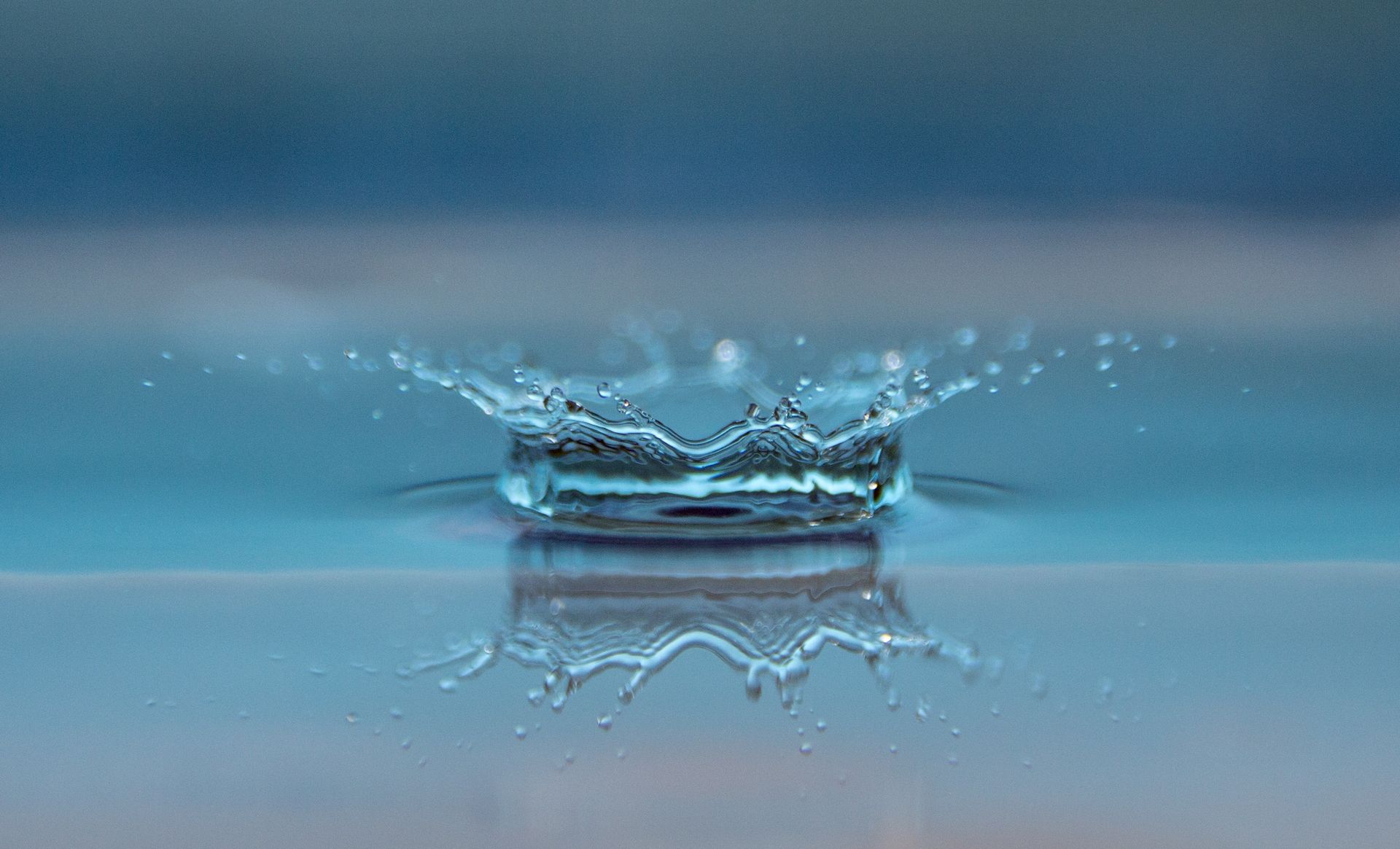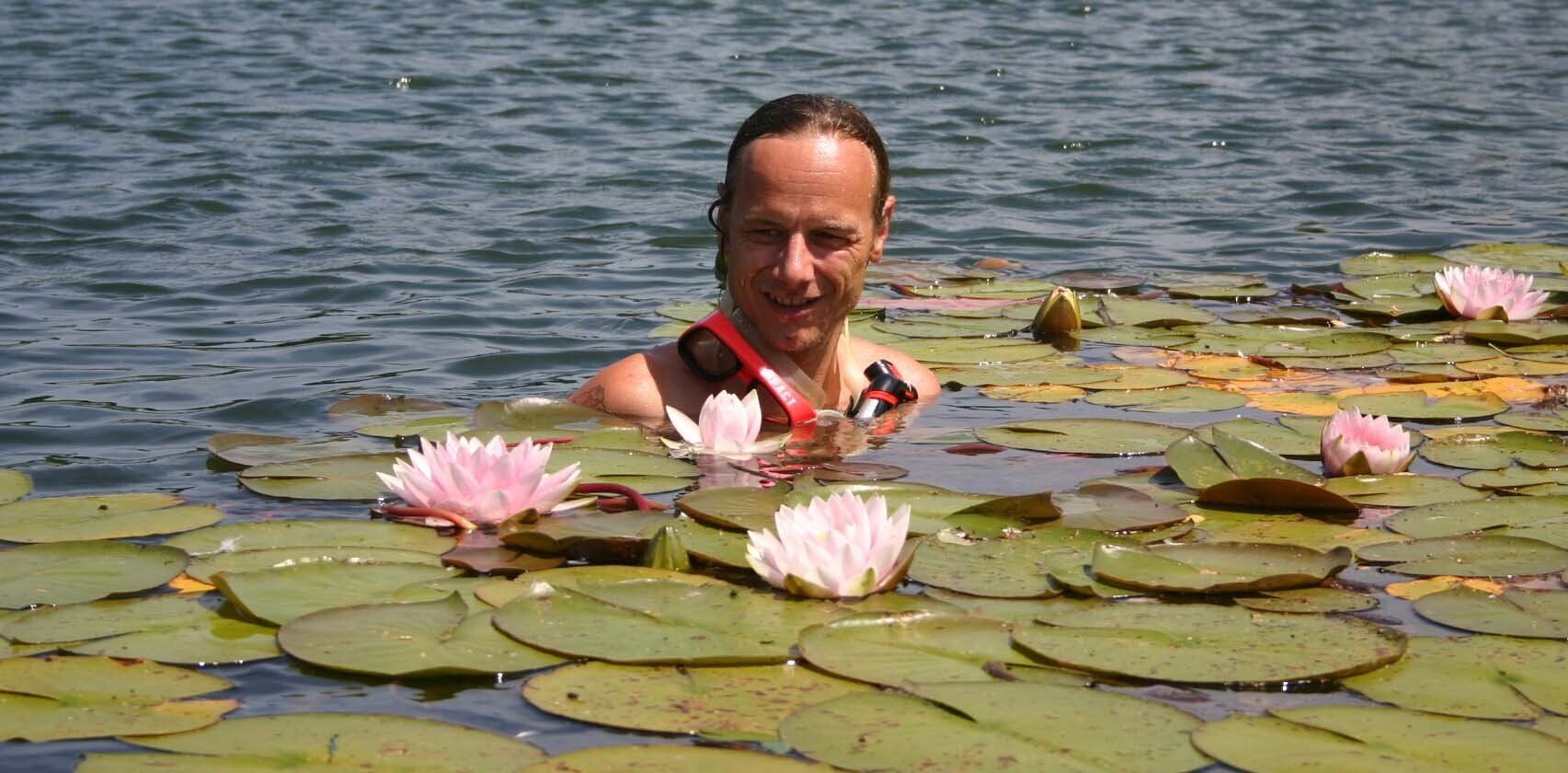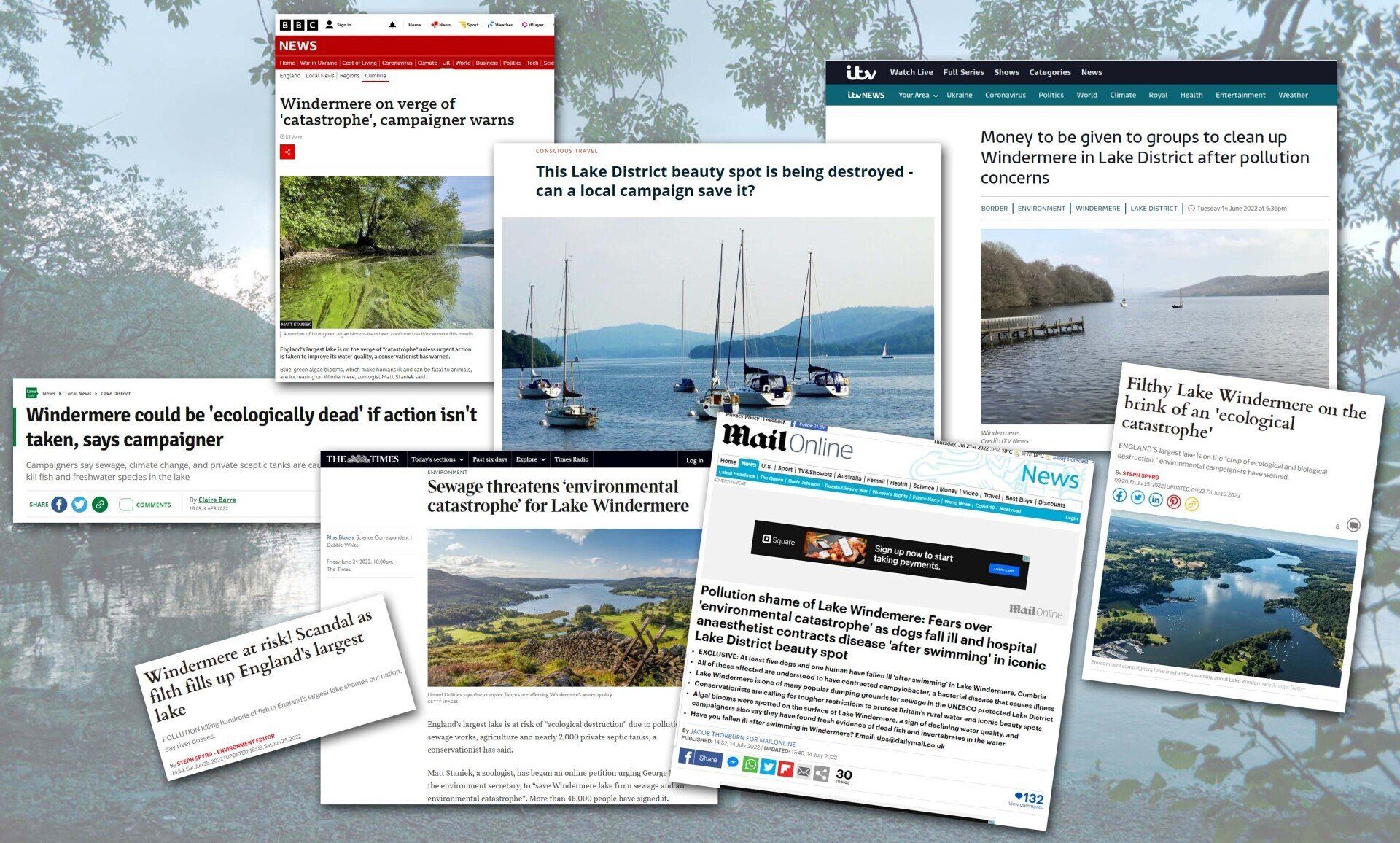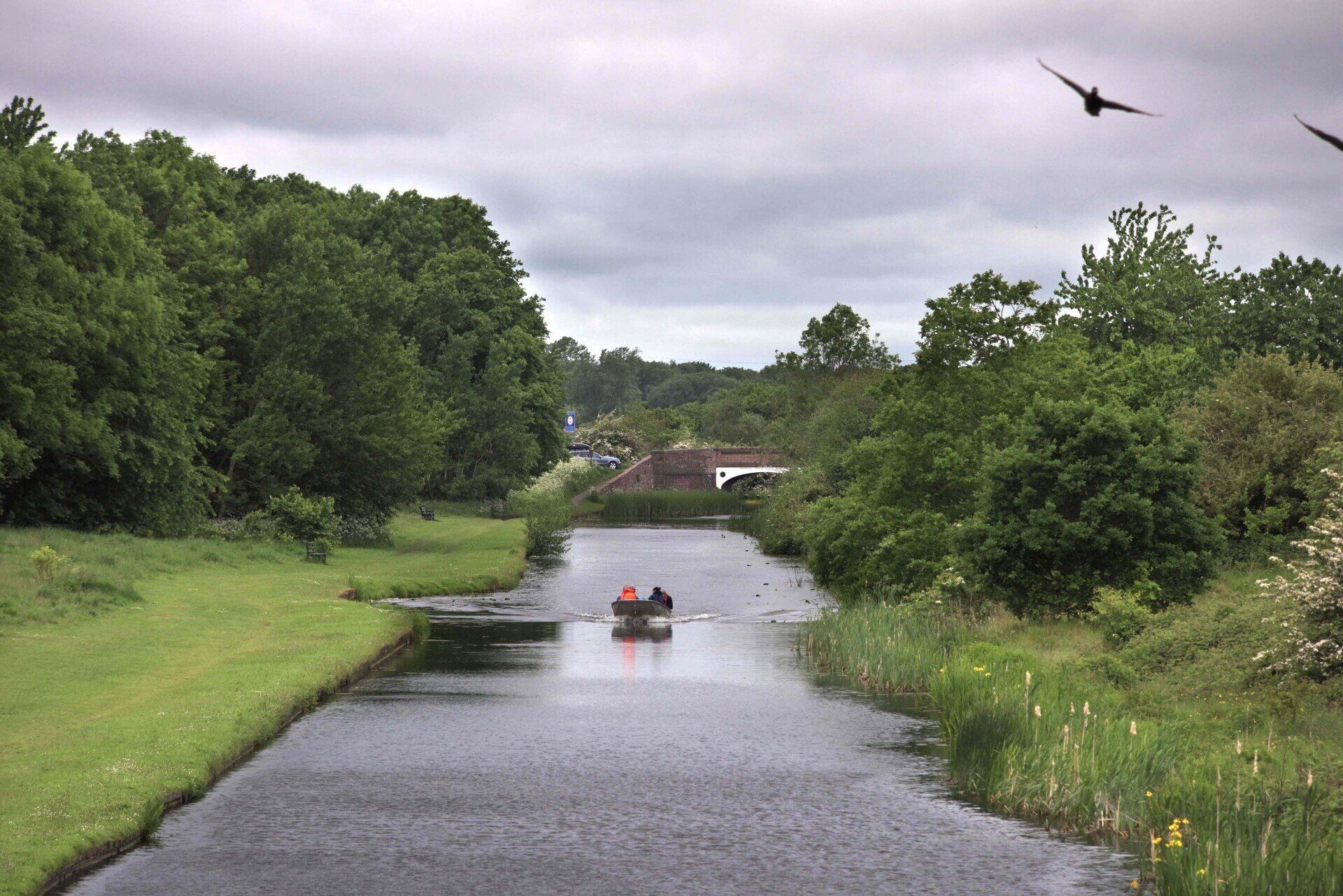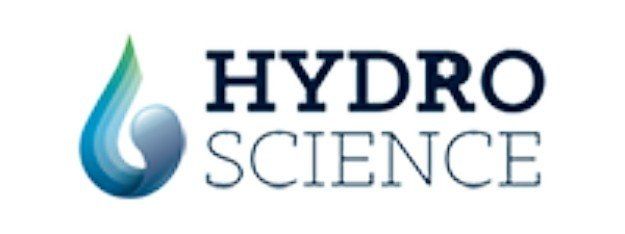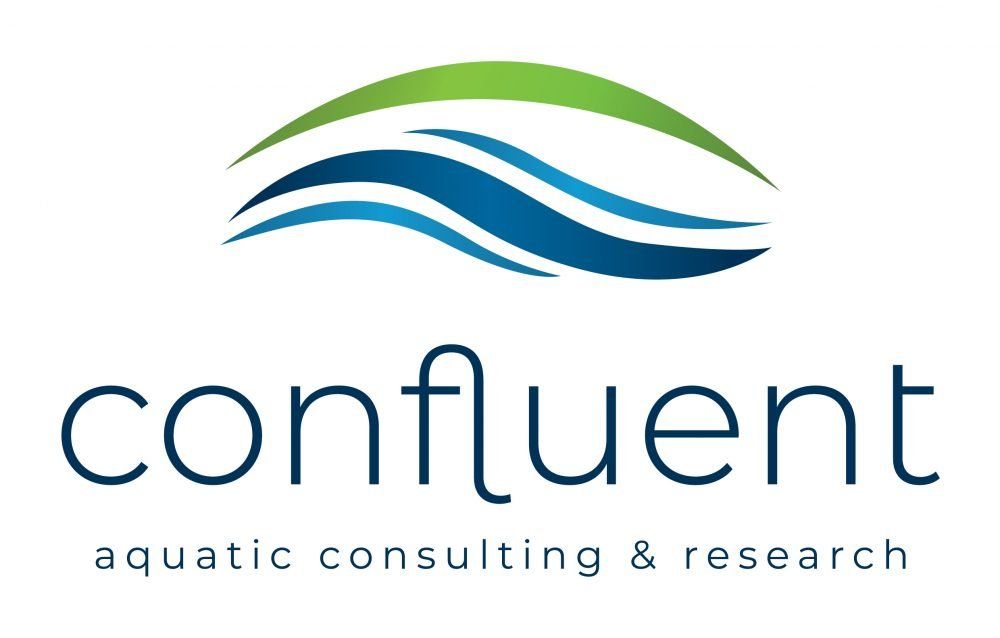River Oder saga continues...
Disagreement and blame continue to hamper investigation into root cause of River Oder ecological tragedy
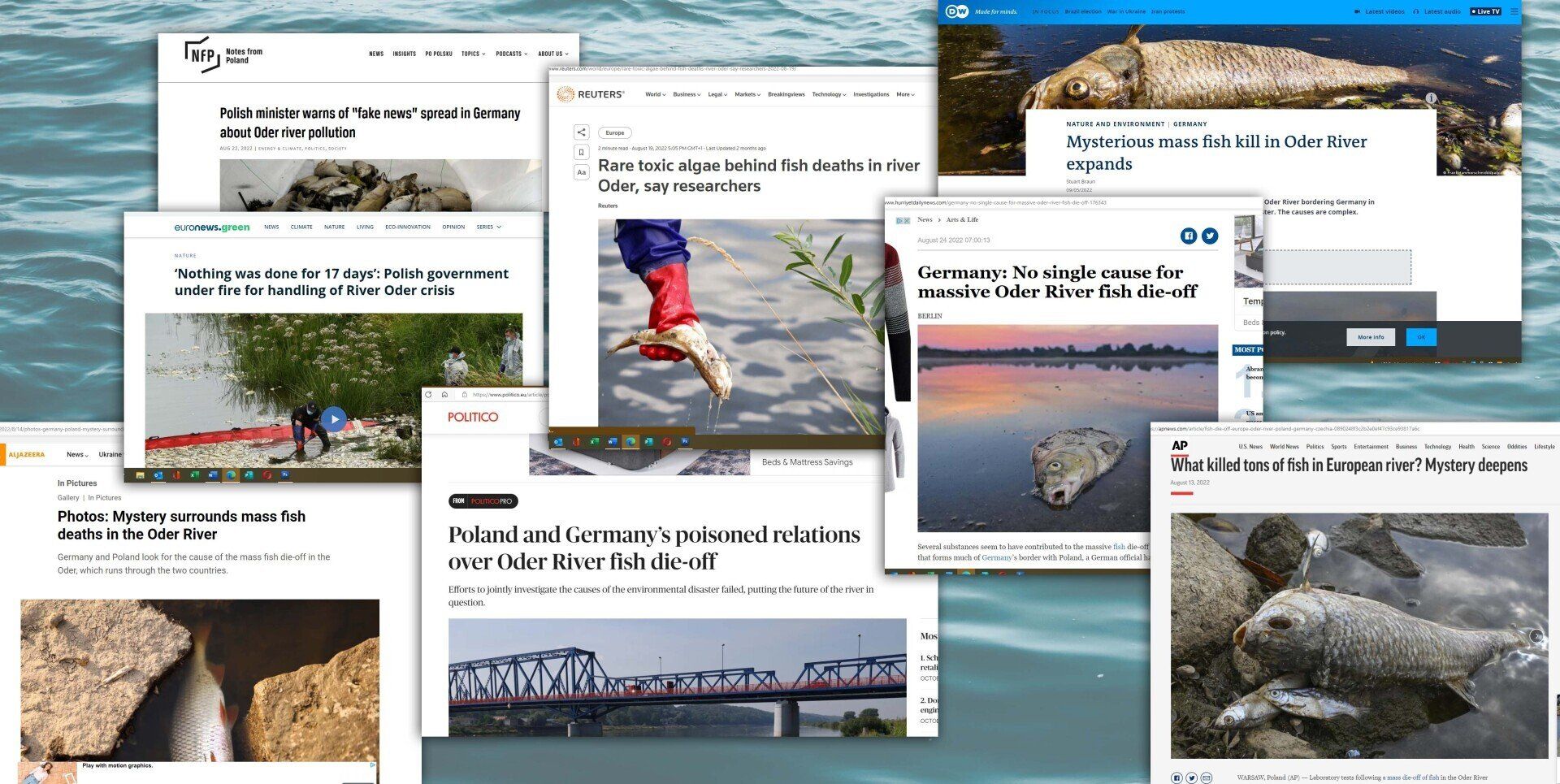
Several months on, and the ‘tit-for-tat’ reports from the German and Polish authorities over who should take responsibility for the cause of the pollution, natural or otherwise, that caused massive fish kills in the River Oder back in the summer have still not provided a clear and conclusive insight into the root cause of this environmental tragedy.
Whilst thankfully, the worst seems to have passed for now, unless an agreed consensus is reached as to what triggered the major fish kill in the first place and appropriate steps are taken, then there will always be the risk, likelihood even, that an incident like this will happen again.
Referring to it remaining a ‘mystery’ is perhaps the most diplomatic way the journalists can describe the opposing arguments from both sides.
Hopefully however, sooner, rather than later, further investigation and comprehensive test results from the dead fish and other organisms along various sections of the river Oder from both the German and the Polish authorities will finally allow both sides to agree upon the overriding cause of this major fish kill.
Click on the links below to read some of the news reports on this as yet, unresolved story.
Politico Poland and Germany’s poisoned relations over Oder River fish die-off – POLITICO
Reuters Rare toxic algae behind fish deaths in river Oder, say researchers | Reuters
DW Mysterious mass fish kill in Oder River expands – DW – 09/05/2022
Al Jazeera Photos: Mystery surrounds mass fish deaths in the Oder River | In Pictures News | Al Jazeera
Hurriyet Germany: No single cause for massive Oder River fish die-off (hurriyetdailynews.com)
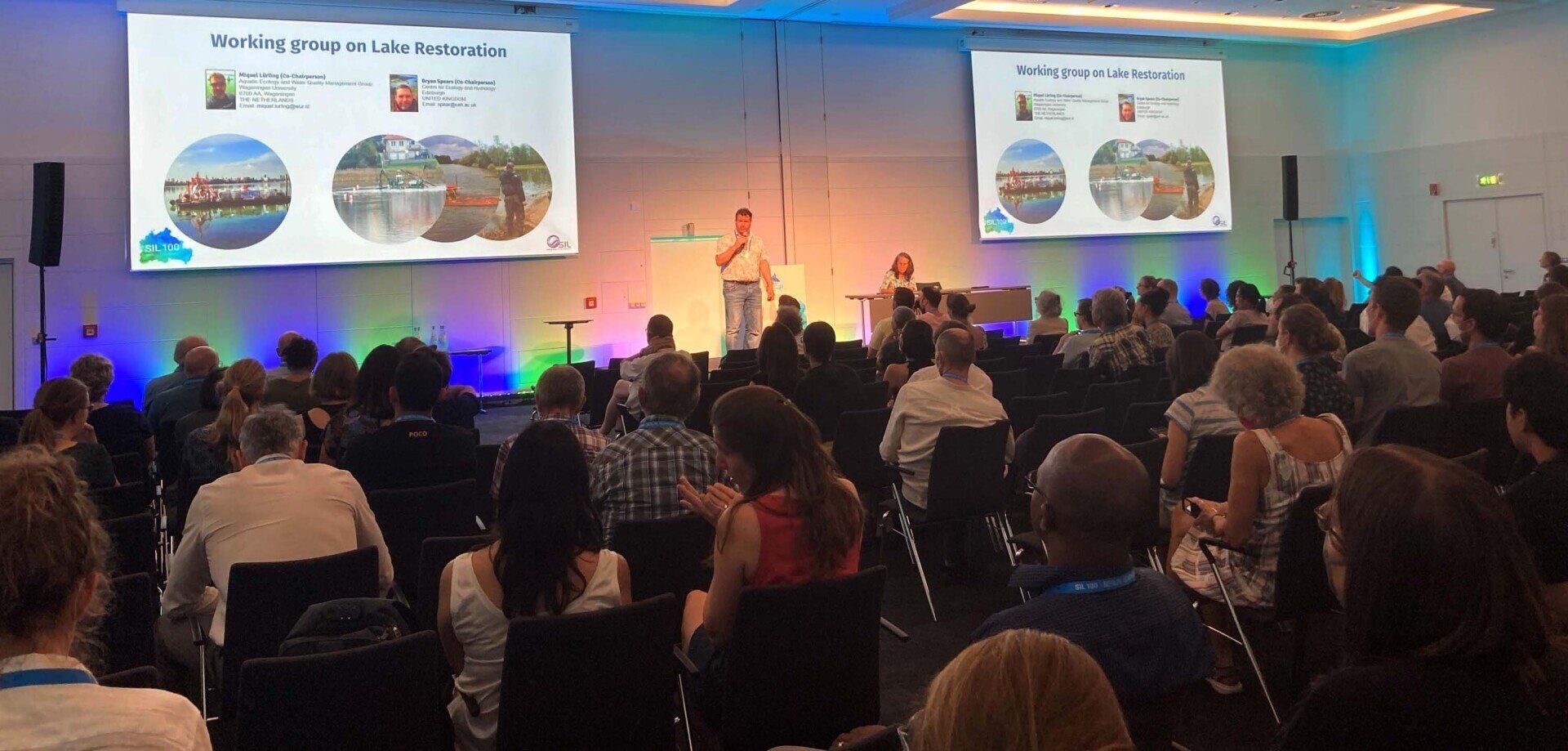
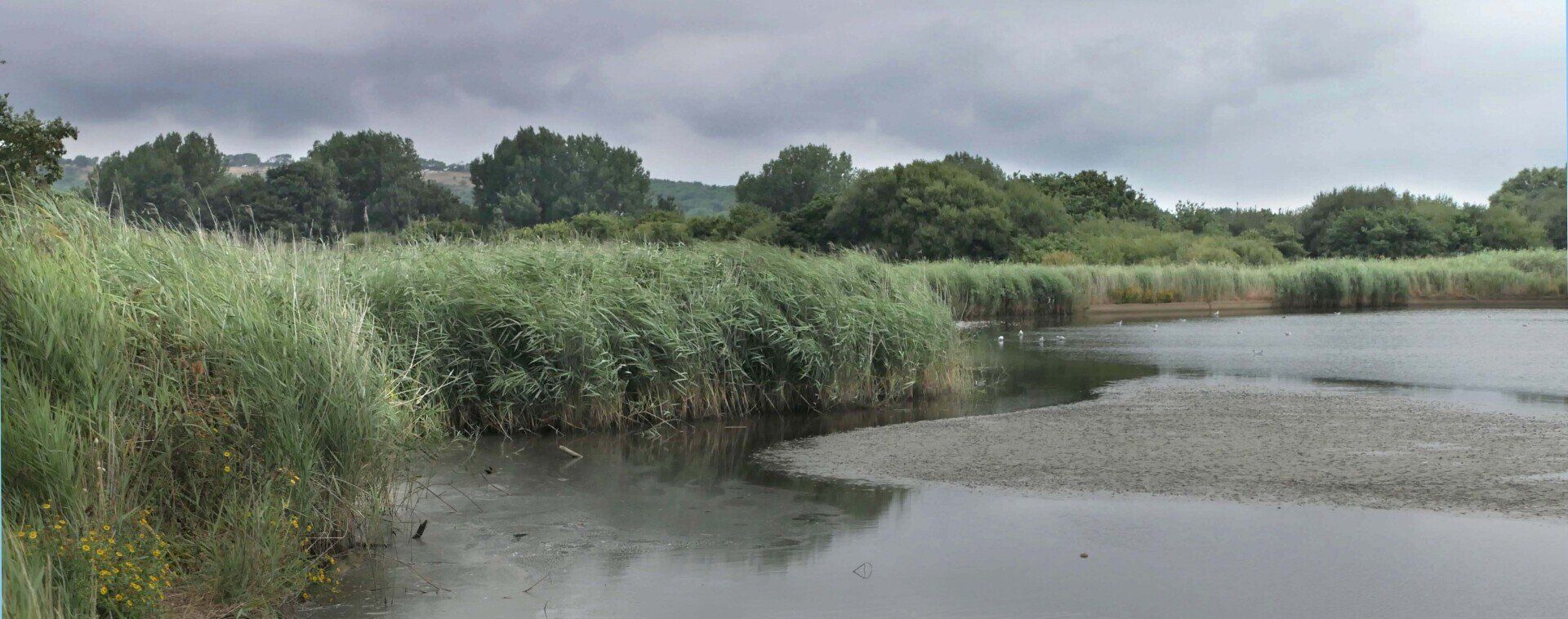
OUR PARTNERS
Limnological Solutions International Pty Ltd
REGISTERED ADDRESS
(Limnological Solutions International Pty Ltd)
Level 6, 57 The Esplanade, Cotton Tree,
QLD 4558, Australia
REGISTERED ADDRESS
(LSI Europe B.V.)
Lodelaan 5A, 3527 KA, Utrecht, Netherlands
Privacy & Cookie Policy
Admin login
Designed & hosted with ![]() by Moose Digital Media Ltd
by Moose Digital Media Ltd




